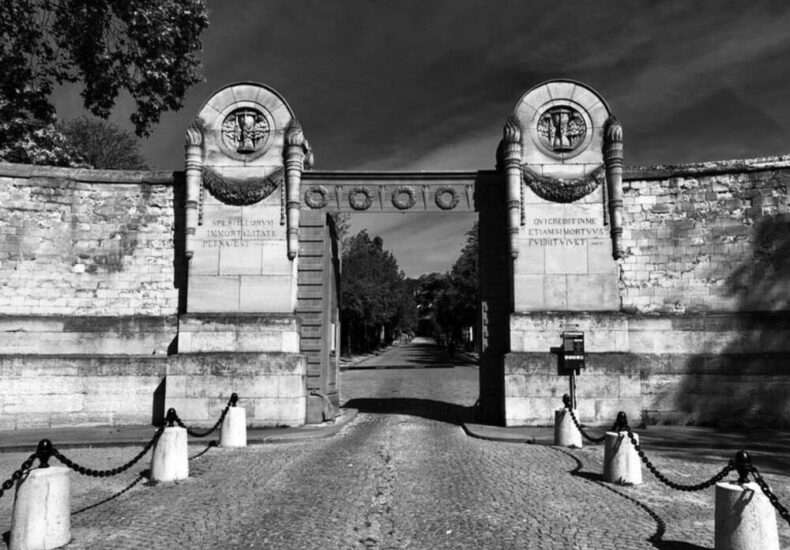
A Walk Through Père Lachaise: The Ultimate Cemetery Travel Guide
If cemeteries had a Hall of Fame, Père Lachaise Cemetery would be its crown jewel. Nestled in the heart of Paris, this sprawling 110-acre necropolis isn’t just a final resting place—it’s an open-air museum, a gothic dreamscape, and a pilgrimage site for history buffs, art lovers, and the macabre-curious alike. But what makes this cemetery so special?
It’s not just the illustrious names carved into its tombstones (though we’ll get to those soon). It’s the sheer beauty of its winding cobblestone paths, elaborate mausoleums, and ivy-covered statues that make it feel more like a forgotten city of the dead than a burial ground. Walking through Père Lachaise is like stepping into a novel—one where every turn reveals another story waiting to be uncovered.
Whether you’re planning a visit, fascinated by history, or just love a good ghost story, this ultimate guide to Père Lachaise Cemetery will ensure you get the most out of your experience.
Contents
A Brief History of Père Lachaise
Before it became the world’s most famous cemetery, the land that now holds over 1 million souls was once a Jesuit retreat, home to Father François de La Chaise—King Louis XIV’s confessor. In 1804, Napoleon declared that “every citizen has the right to be buried, regardless of wealth or religion,” and thus, the cemetery was born.
But there was a problem—nobody wanted to be buried there. Located far from the city center and lacking a reputation, the cemetery initially struggled to attract interest.
So, in a marketing move that would make modern advertisers proud, officials relocated the remains of Molière and La Fontaine (two of France’s literary giants) to Père Lachaise. Suddenly, everyone wanted in.
Fast-forward to today, and the cemetery is now home to some of the most famous figures in history, with millions of visitors paying their respects each year.
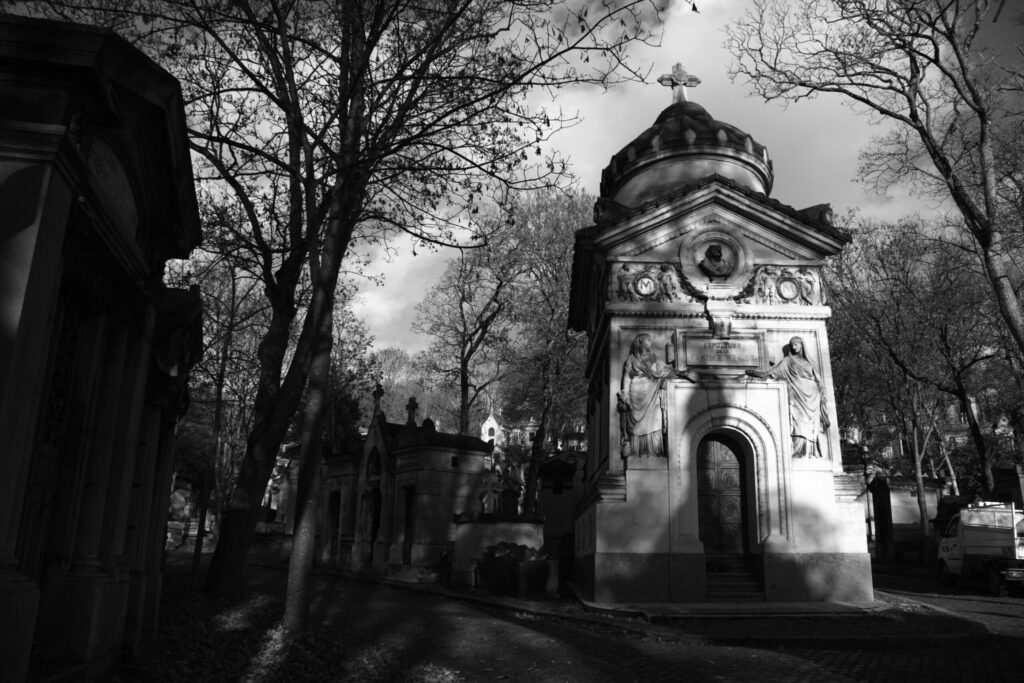
How to Get to Père Lachaise
Located in the 20th arrondissement of Paris, Père Lachaise is easily accessible by metro.
- Metro: Take Line 2 (Philippe Auguste station) or Line 3 (Père Lachaise station). The Philippe Auguste entrance brings you closest to the main attractions.
- Hours: Open every day, but hours vary by season (usually around 8 AM – 6 PM).
- Entry Fee: Free! You just need good walking shoes and a sense of adventure.
Famous Graves You Can’t Miss
With over 70,000 tombs, finding the must-visit spots in Père Lachaise can feel like searching for ghosts in the fog.
Here are the ones you absolutely cannot miss:
1. Jim Morrison (1943–1971)
The legendary frontman of The Doors, Morrison’s grave is a pilgrimage site for rock fans worldwide.
Covered in graffiti, surrounded by flowers, and often guarded due to overzealous fans, his tomb is one of the most visited in the cemetery.
Tip: Look for Division 6—you’ll likely find a small crowd gathered around it.
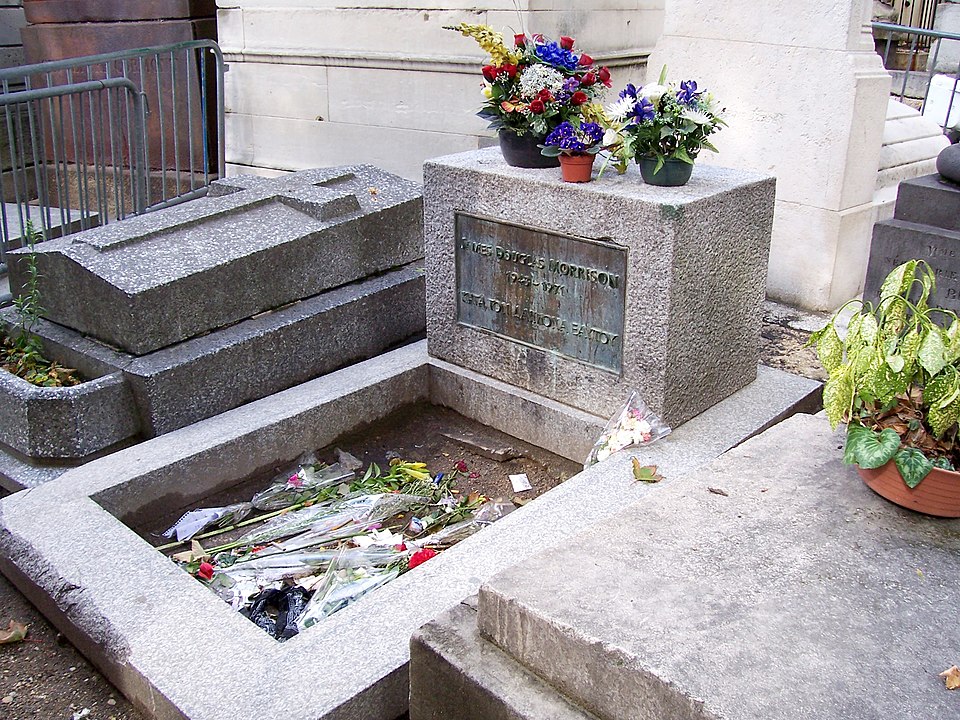
2. Oscar Wilde (1854–1900)
Wilde’s striking Art Deco tomb, designed by Jacob Epstein, is impossible to miss. Once covered in lipstick kisses from adoring fans, the grave is now protected by glass.
Epitaph: Wilde’s final words:
“And alien tears will fill for him
Pity’s long-broken urn,
For his mourners will be outcast men,
And outcasts always mourn.”
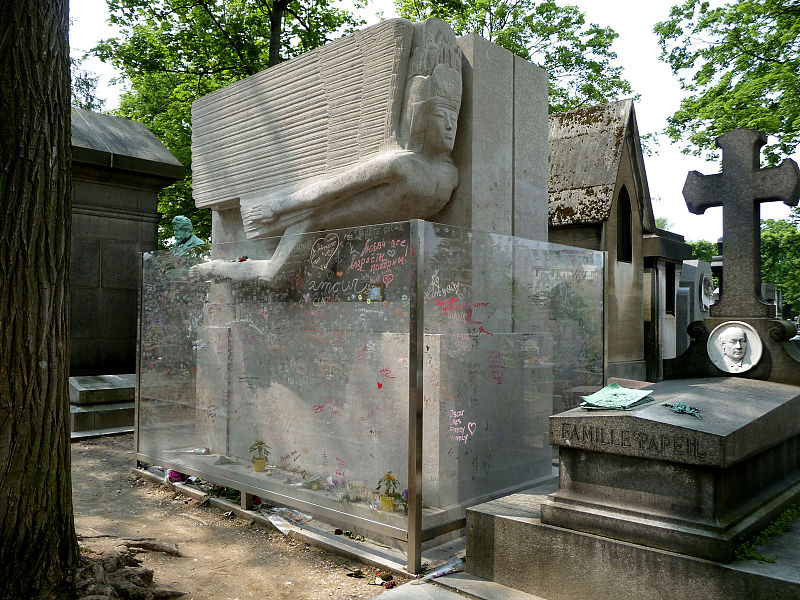
3. Edith Piaf (1915–1963)
The beloved French chanteuse behind La Vie en Rose rests there, her grave a simple yet poignant reminder of her extraordinary voice and tragic life.
Tip: Her tombstone is modest, but flowers are always present—left by fans who still mourn the Little Sparrow.
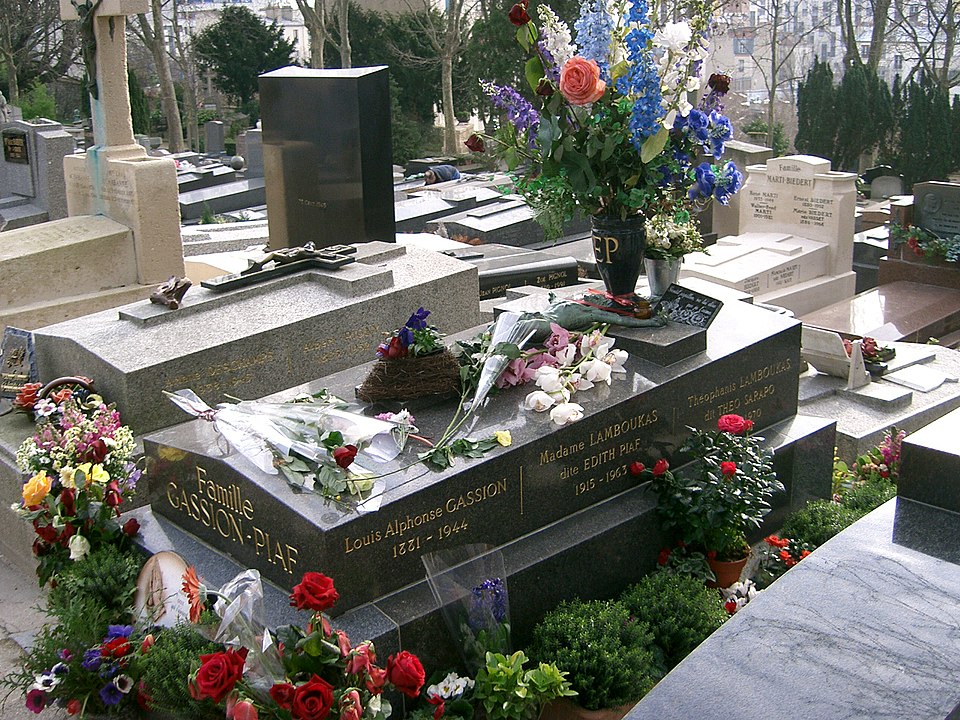
4. Frédéric Chopin (1810–1849)
The Polish composer’s grave is one of the most beautiful in the cemetery, adorned with an angelic statue and frequently covered in tributes from fellow musicians.
Did you know? Chopin’s heart was removed and taken to Poland, where it rests in Warsaw.

5. Molière & La Fontaine
These literary giants were among the first to be “buried” there (though historians debate whether their remains were ever actually moved). Regardless, their ornate tombs are a tribute to France’s literary legacy.
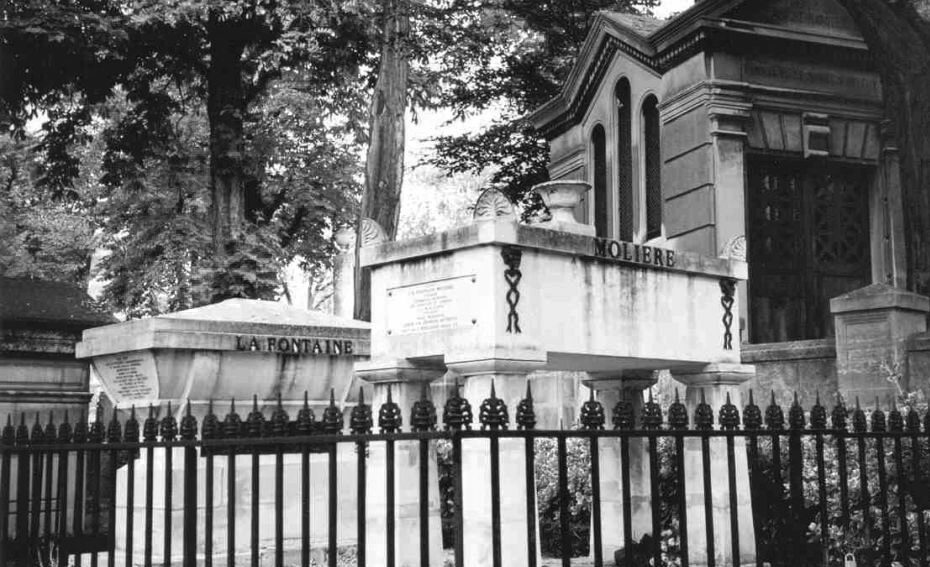
6. Heloise & Abelard
One of history’s most tragic love stories, the star-crossed lovers were reunited in death at Père Lachaise. Their elaborate tomb is one of the cemetery’s most romantic spots.
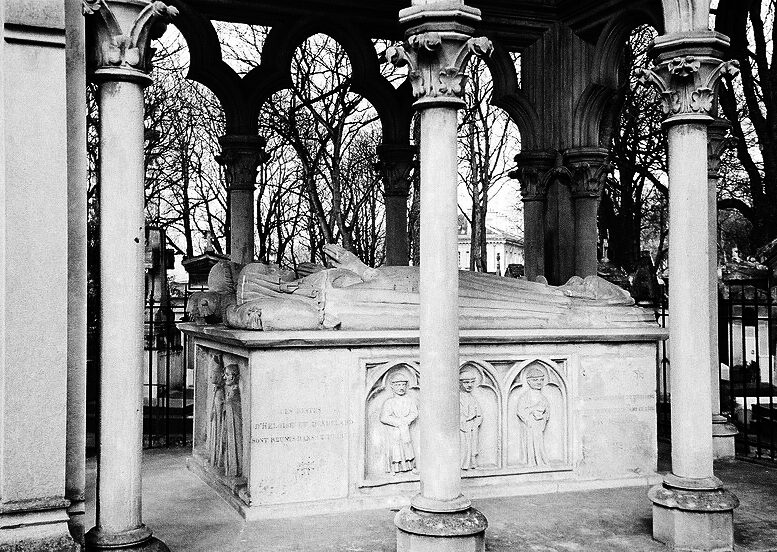
Cemetery Etiquette: Do’s & Don’ts
✔️ Do:
- Bring a map – The cemetery is massive, and you will get lost.
- Wear comfortable shoes – The cobblestone paths are charming but treacherous.
- Be respectful – This is still an active cemetery. Keep noise levels down.
❌ Don’t:
- Leave graffiti or climb tombs – Many graves, especially Jim Morrison’s, have suffered damage from overzealous fans.
- Take rubbings of inscriptions – It can cause erosion over time.
- Feed the cats – Yes, Père Lachaise has a famous colony of stray cats, but they’re well taken care of by locals.
Hidden Gems of Père Lachaise
Beyond the big-name graves, there are plenty of hidden treasures worth seeking out:
- The Communards’ Wall (Mur des Fédérés): The site where the last fighters of the 1871 Paris Commune were executed. A sobering reminder of Paris’s revolutionary past.
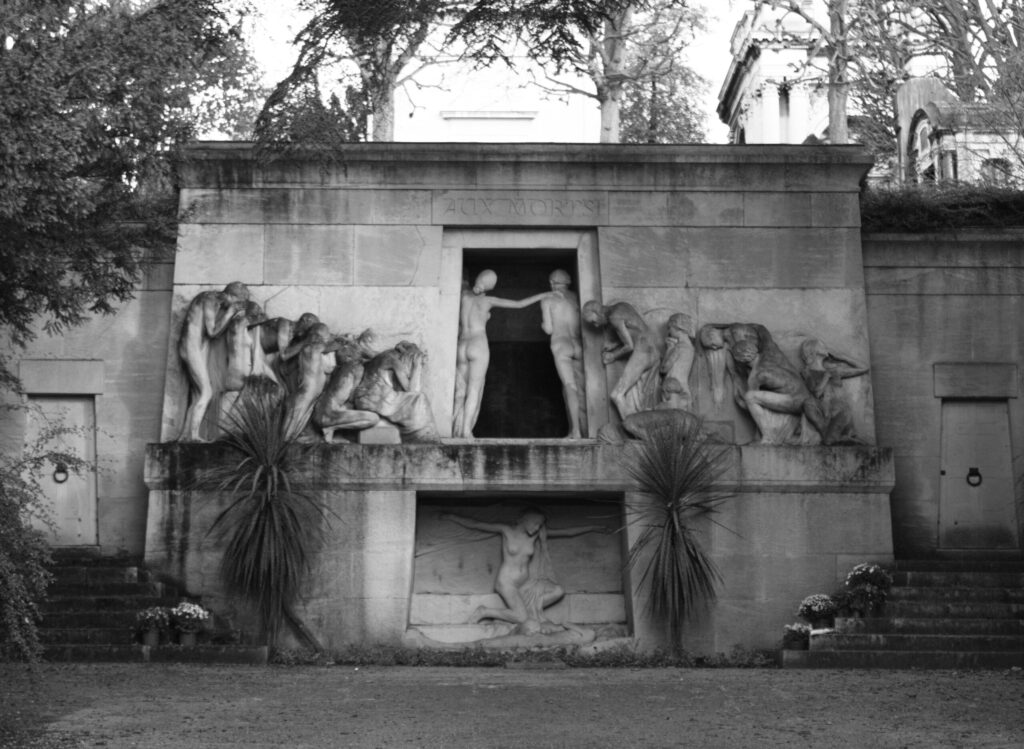
- The Holocaust Memorials: Several stunning and heart-wrenching sculptures commemorate the victims of World War II.
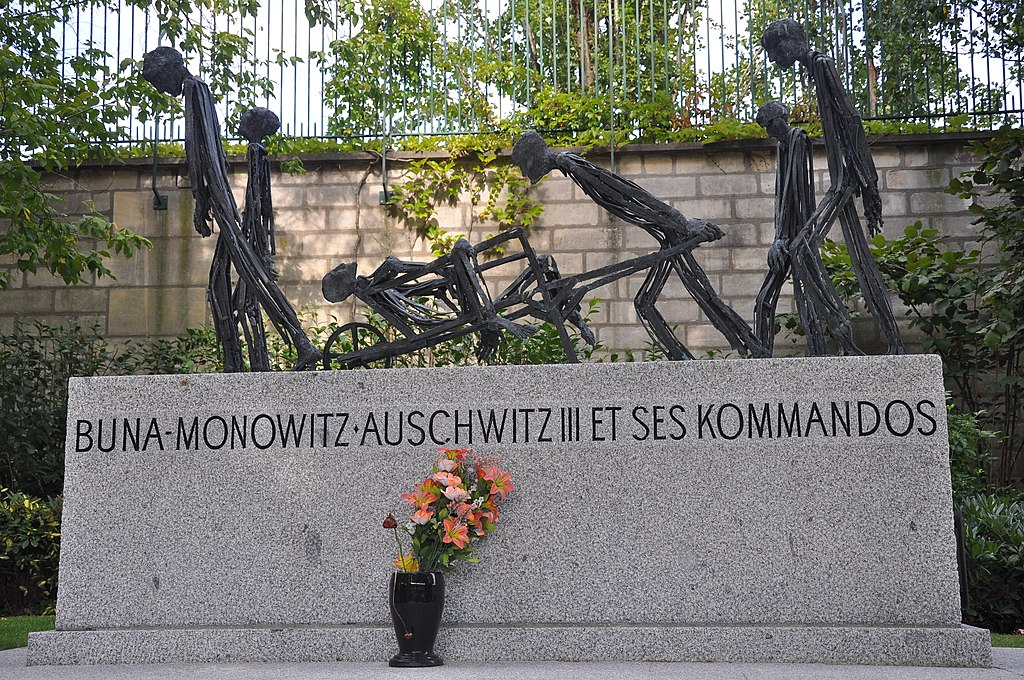
- Sarah Bernhardt’s Grave: The legendary actress’s tomb is often overlooked but worth a visit.
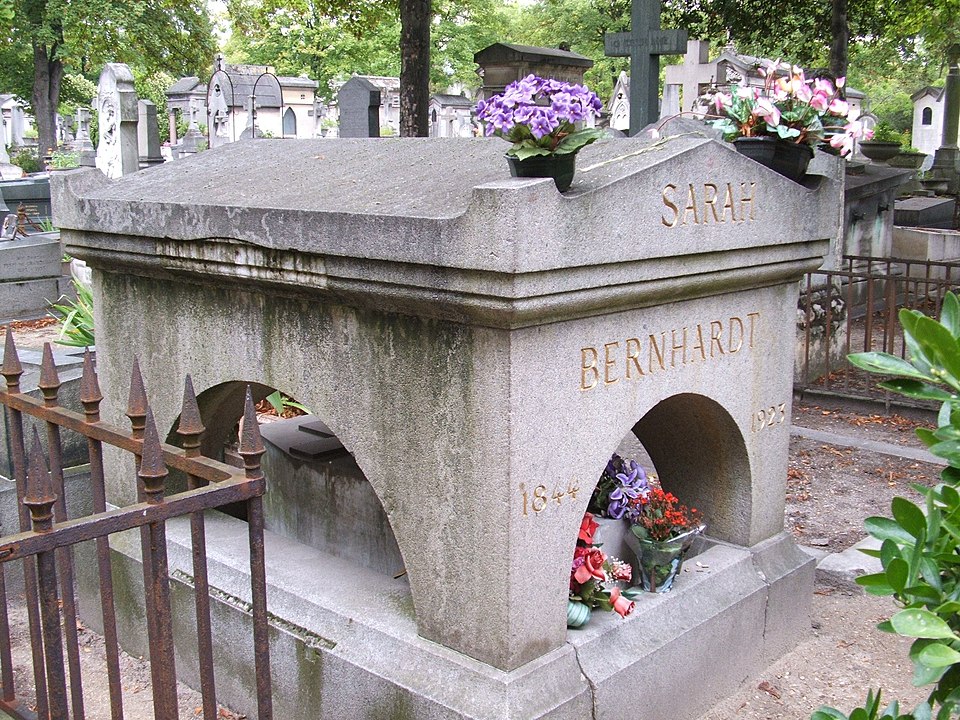
Bottom Line
Père Lachaise isn’t just a cemetery—it’s a storybook written in stone, where every grave holds a tale waiting to be told.
Whether you come for the history, the art, or just the eerie atmosphere, this legendary burial ground never fails to captivate.
So, next time you’re in Paris, skip the Eiffel Tower (just for a little while) and take a walk among legends. You won’t regret it.
FAQs
Absolutely! The cemetery is well-patrolled and frequented by tourists. However, like any major attraction, be mindful of pickpockets.
A short visit can take 1–2 hours, but if you want to see everything, set aside at least half a day.
Yes, photography is allowed, but be respectful—avoid taking pictures of mourners at fresh graves.
Yes! Many companies offer walking tours that provide historical insights and help you find famous graves.
Early mornings or late afternoons are best—the light is perfect for photography, and the crowds are thinner.

Reading this brought back memories of wandering through Père Lachaise with no map—just letting the paths guide me. It really does feel like stepping into a storybook with stone pages, each monument offering a quiet glimpse into a life once lived.